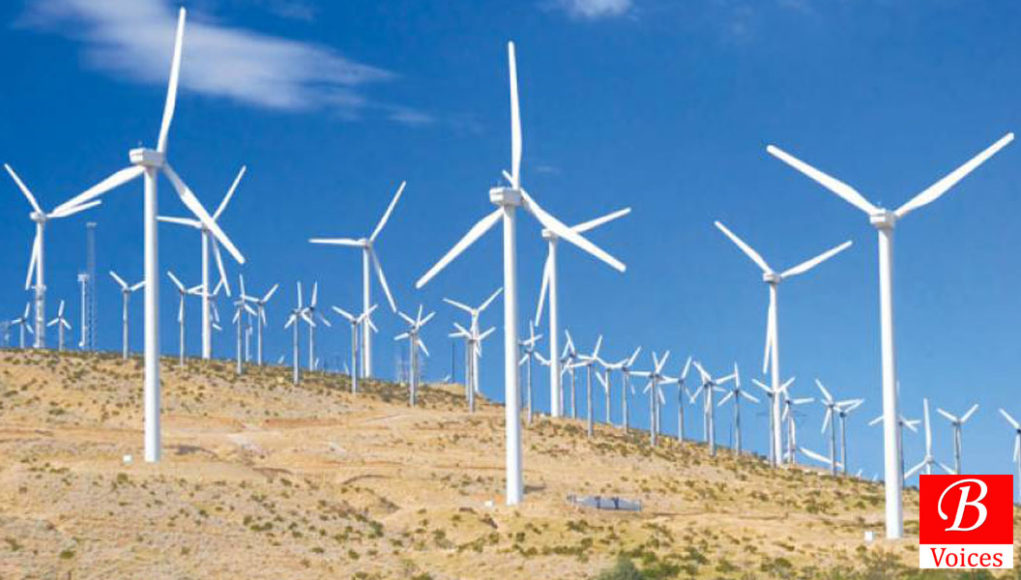Hammad Talaat
Pakistan has faced its due share of energy shortfall for as long as one can remember. People have now not just adapted to the problems, which are considered calamities and catastrophes in the first world countries, but the lives are now undaunted and undisturbed because of the energy crises that the country faces. The population in general have may be now stopped even whining about the persistent problems that they face.
However, recently the energy sector of the country has witnessed some overwhelming turn of events. The country has seemingly now reached a point where there may be excess supply of energy in the system. Last week, the second Liquefied Natural Gas (LNG) terminal was inaugurated by the Prime Minister with a capacity to handle 600 mmcfd of gas, which would take the total import capacity to 1.2 billion cubic feet per day. Moreover, another LNG terminal is in the pipeline which would further increase the capacity and thus the supply of LNG.
These numbers sound astounding for a country as energy shortage stricken as Pakistan. There seems to be development coming all around. The public would get uninterrupted supply of electricity, the industry would flourish, lives of masses would improve and the country exceeds the growth targets. Once thought off as just castles in the air may gain foundation underneath.
Nonetheless, the planning behind this approach cannot be poorer. The unplanned injection of LNG has now brought the entire existing system oil industry on the brink of collapse. LNG is now being used as the priority fuel for electricity generation and there is now the negligible production of furnace oil based electricity in the country with continuous shut down of oil-based power plants. The trickledown effect would not just greatly impact the oil marketing industry, but would also affect the oil refineries, oil production companies and ultimately it would be the consumers would suffer.
The recent decision of the government to completely ban furnace oil-based power plants would have left the industry expert thinking about what would happen next. This has forced the largest oil refinery in Pakistan to shut down its major refining plant due to the low upliftment of high Sulphur furnace oil (HSFO).
Moreover, around six oil tankers of the largest oil market company of the country – PSO – are lined up waiting at the Karachi Port for arrival due to ullage constraint due to low demand. This is causing significant foreign exchange loss on account of demurrages and other associated costs. Further, it must also be noted that furnace oil accounts for more than 40% of the liquid fuel sale in Pakistan. The quantum of infrastructure, including tank capacities, contracts, tank Lorries, pipelines etc., which is dedicated to furnace oil is huge. A sudden
Additionally, other refineries of the country are also performing sub-optimally and at lowest possible capacity utilization. Not just that, these refineries are also at the verge of closure and have warned of the resultant disruption in the supply chain. The closure of refineries would translate into a significant decline in the overall supply of both motor gasoline and high-speed diesel. This would create another oil crisis in the country which may completely paralyze the economic activity.
Another important aspect is that the refineries are also utilizing the local crude oil. Any closure of refinery may significantly impact the oil production industry as well since it would also impact the allied gas production. For instance, Attock Oil Refinery is currently utilizing entire crude from Kohat, and the closure of Attock Oil Refinery would directly affect the allied gas production from relevant oil fields.
Energy may be the pre-eminent issue facing Pakistan at present. However, a very systematic approach is needed with a multifaceted and inclusive strategy. The policy must be made keeping in view the merits and demerits of all the alternatives with clear plans for phasing out the inferior alternatives, however after building up a consensus among all the relevant stakeholders.
Disclaimer: Views expressed in this article are those of the author and Balochistan Voices not necessarily agrees with them.
Share your comments!








